Debates On Safety Concerns
The Japanese Ground Self-Defense Force (JGSDF) mostly favors the CH-47J Chinooks for airlift operations, but they have recently introduced the V-22 Ospreys as their latest transport aircraft.
However, the number of Ospreys purchased by Japan is only 17.
Now, this may seem like a sufficient figure, but we’re talking about an Army of 148,000 personnel. Compared to 50 CH-47s already in service and the additional purchase of 34 more, the number of Japanese Ospreys remain at a low level.
Well, one can attribute the reason to safety concerns. Or to be more precise, the negative reputation regarding its accident rate.
When the idea of purchasing Ospreys started to pop up, the US forces stationed in Japan were commencing the initial deployment of these revolutionary aircrafts.
Being a tilt-rotor aircraft, the V-22 Osprey has a more complex structure compared to conventional types, leading to accidents during the development phase.
However, it is important to note that aircrafts, in general, are prone to accidents during both the development stage and early deployment when issues haven’t been fully uncovered.
Defects identified during this phase have been addressed and rectified, but the Osprey remained more challenging to maneuver than other aircrafts for inexperienced crew, resulting in some accidents soon after deploying in Japan.
While the accidents certainly drew public attention, it is crucial to point out the importance of accident rates.
Needless to say, the number of accidents are proportionate to the number of aircrafts in service, just like more cars naturally lead to more traffic accidents.
The same principle applies to the V-22 Ospreys as well, which has over 400 unit flying across the world.
If we take a look at the accident rate, the figure for major accidents stands at 3.27 per 100,000 flight hours. This is actually not that different from the average Marine Corps aviation craft, indicating that the Osprey is not exceptionally dangerous.
But, this rate can vary depending on the definition of “major accidents” and whether it includes the CV-22, a modified Osprey used for high-risk special operations missions.
Therefore, the perception towards the V-22’s dangerous nature can shift greatly based on the perspective and statistical data.
Driven By Political Motives?
Asides from the concerns over the safety and reliability of the aircraft, the purchase of the V-22 is said to be driven by political motives.
The 17 Ospreys stationed at Saga Airport (Kyushu) is definitely intended for transporting the nearby “Amphibious Rapid Deployment Brigade (ARDB)” or the Japanese Marine Brigade during island defense operations.
That being said, the JGSDF allegedly never requested such aircraft for defending the Southwestern Islands.
The introduction was rather propelled by the Government in order to mitigate domestic opposition towards the US military’s V-22 deployment on Japanese soil. Essentially, the idea was to familiarize the Japanese public with the Osprey by integrating it into the JGSDF, facilitating interoperability as a side effect.
As such, the JGSDF suddenly found itself tasked with operating an aircraft for which it had no prior experience or even requested in the first place.
Surely, the V-22 Osprey outperforms the conventional helicopters in both range and speed, which aligns with the JGSDF’s objective of quickly deploying reinforcements to the southwestern islands.
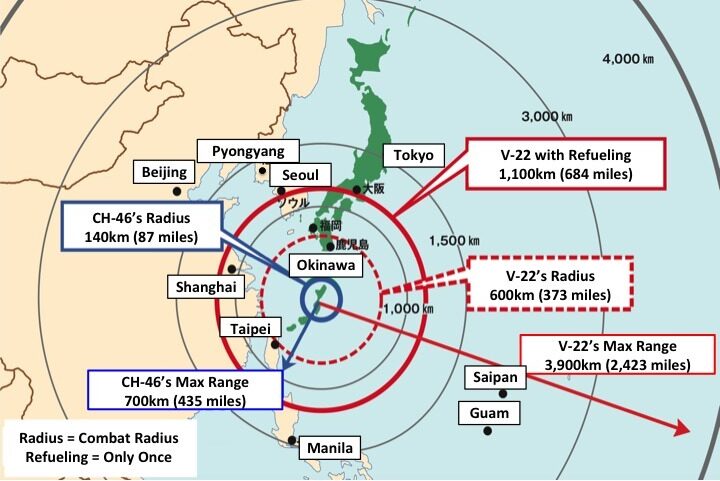 Comparison between V-22 and CH-46
Comparison between V-22 and CH-46
Nevertheless, its capabilities might be “too much” for the JGSDF’s current configuration.
The US Marine Corps also uses the V-22 Osprey, but they are used for strategic purposes including rapid deployments to Taiwan, South Korea, and the Philippines. When conducting these overseas operations, the V-22’s long range and high velocity are certainly instrumental compared to conventional helicopters.
But, the JGSDF’s operational focus is towards the southwestern islands, making the Osprey’s extended range less critical.
Such preference can be seen in the latest procurement plans, where the additional purchase of CH-47J helicopters are explicitly laid out as part of JGSDF’s effort to boost transport capacity, whereas the V-22s Ospreys are not even mentioned.
Future Of Japanese V-22s
Regardless of these political aspects, the existing Japanese Ospreys are undoubtedly valuable assets for island defense as it has already demonstrated interoperability with US forces.
American V-22s landing on JMSDF helicopter carriers while Japanese Ospreys transporting US troops ashore has now become a common sight, highlighting the further integration of both militaries.
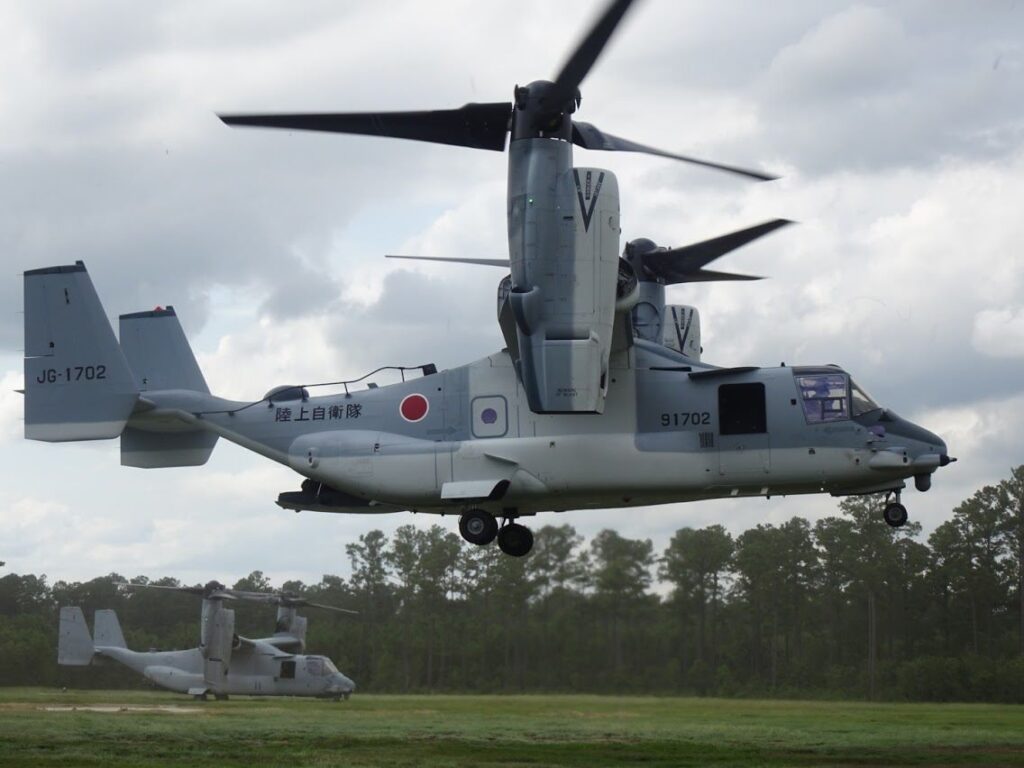 Japanese and US Ospreys during training (photo: JGSDF)
Japanese and US Ospreys during training (photo: JGSDF)
Concerns regarding these aircrafts still remain at some level, but since the US military and JGSDF’s Ospreys continued their safety record, public opinion has stabilized over time.
This does not mean the Ospreys are risk-free, as accidents occur periodically, rekindling discussions about its potential peril especially within the local communities.
Just as fear of flying cannot be entirely alleviated by statistical evidence, safety concerns towards the V-22 Osprey cannot be dissipated by data alone.
To ease these fears, it is essential for both the US military and JGSDF to consistently demonstrate safe operations through their daily flights in order to reestablish public trust and reassure the local residents.

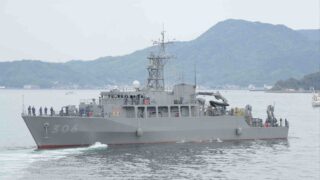
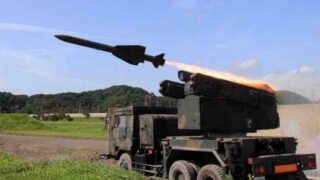
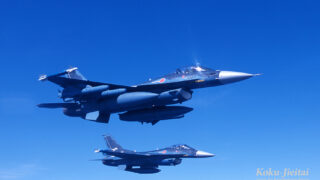
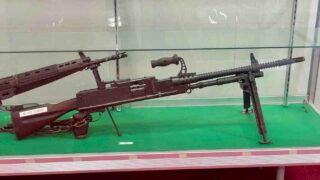
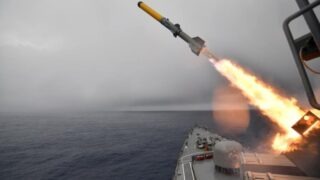
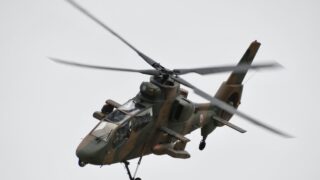
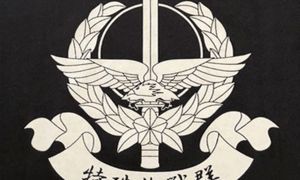
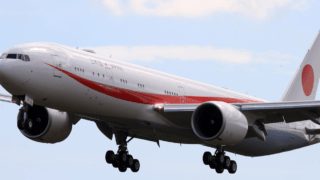
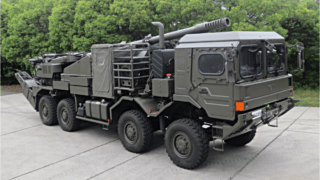
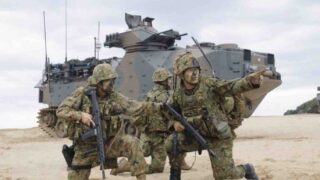
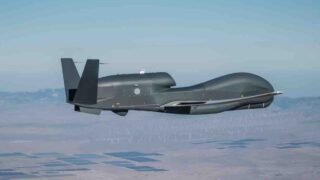
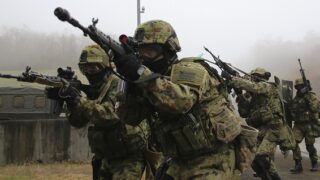
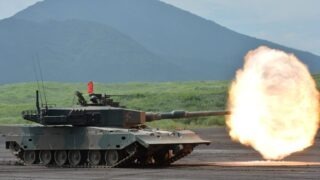

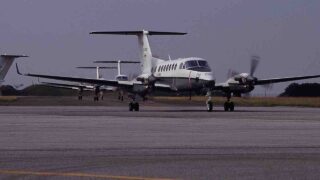
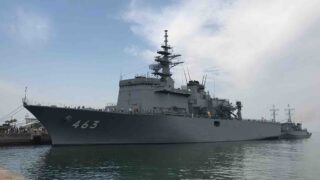
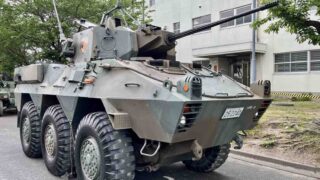

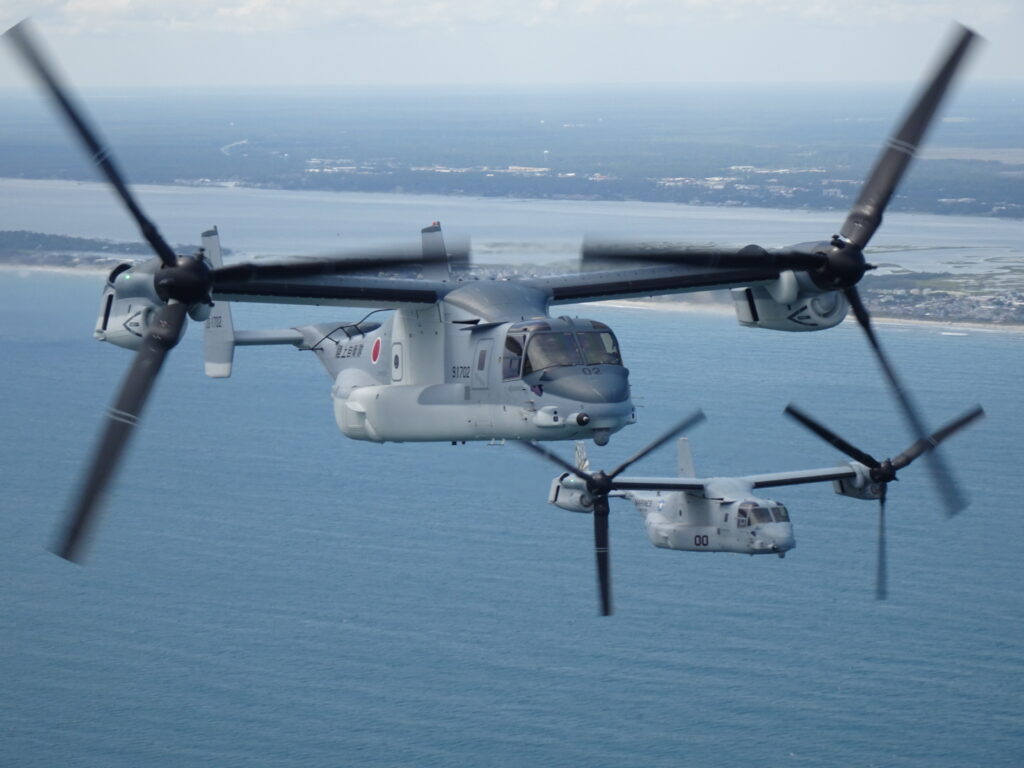
Comments